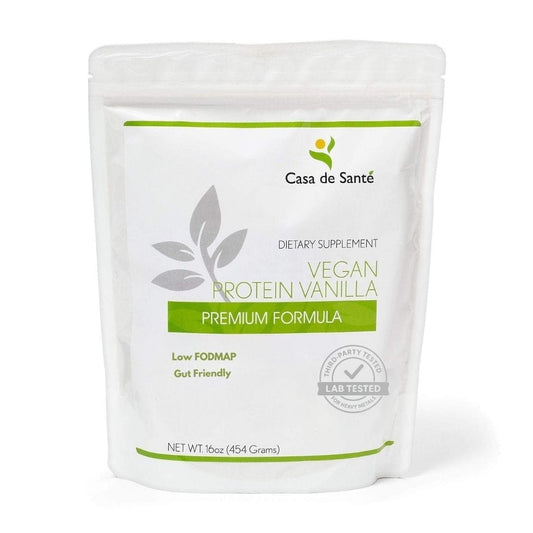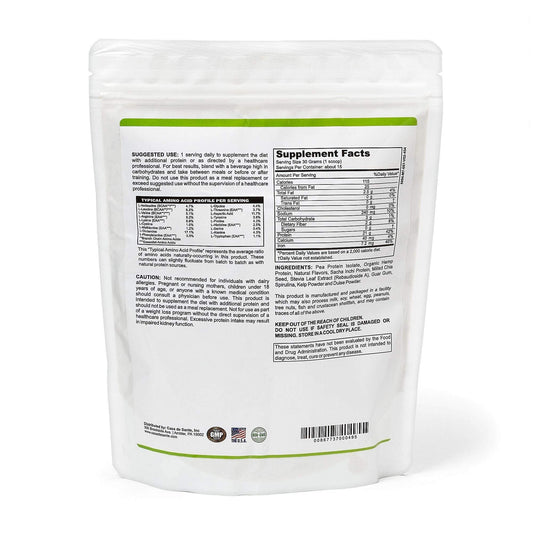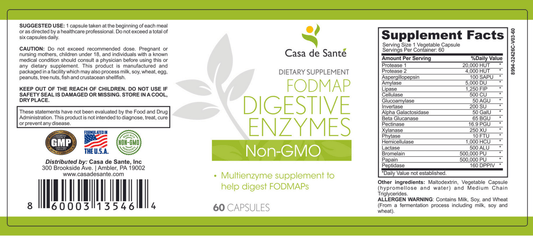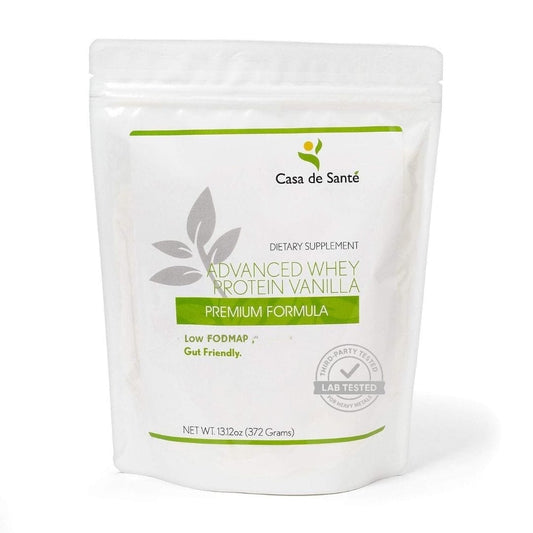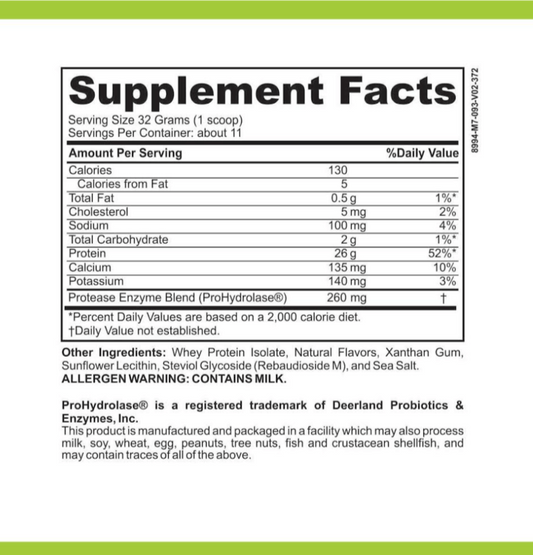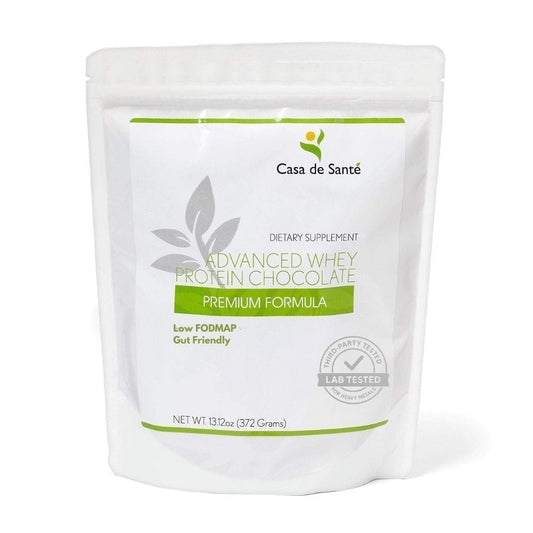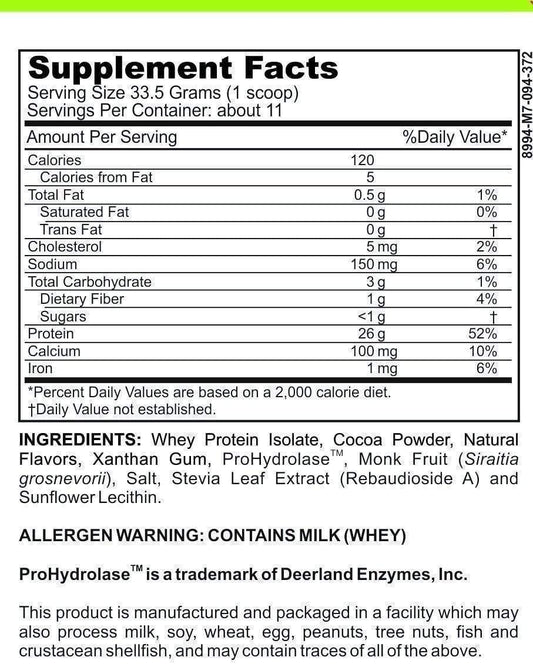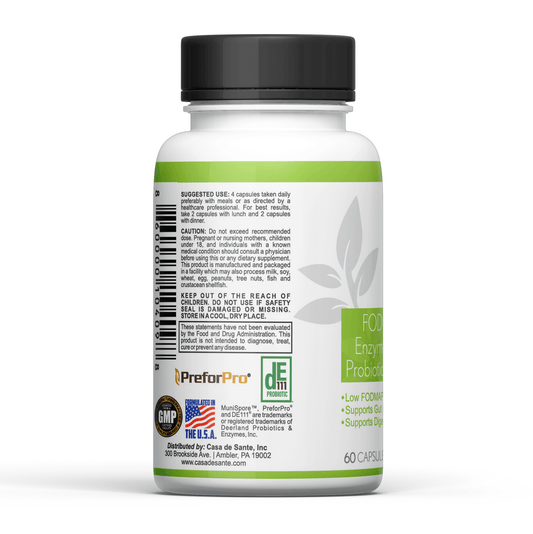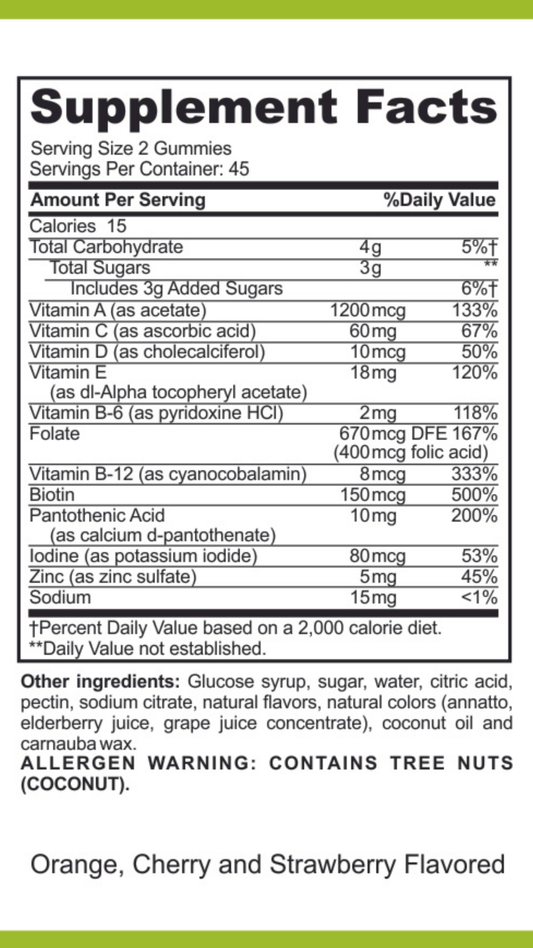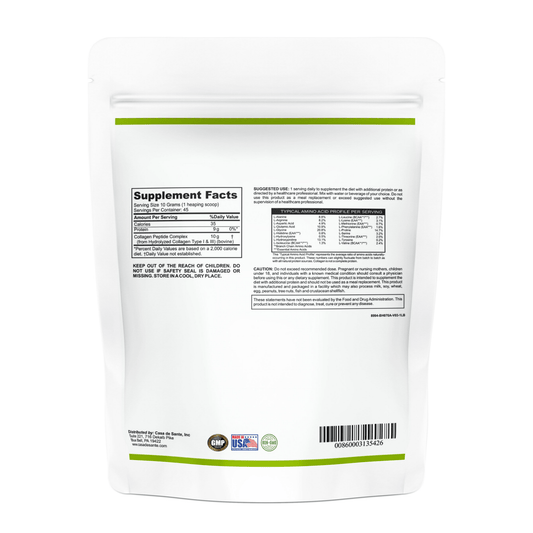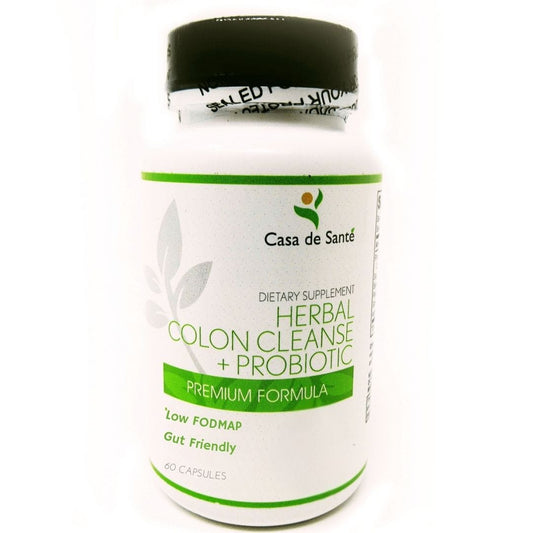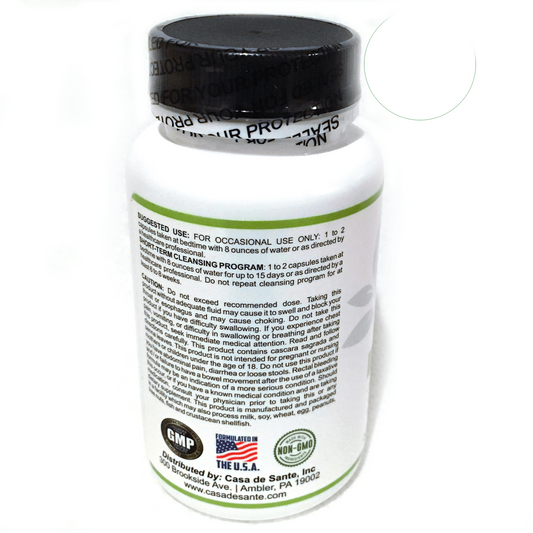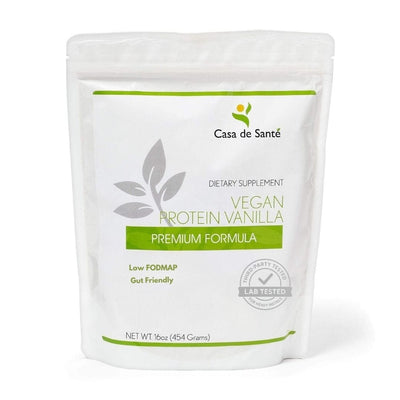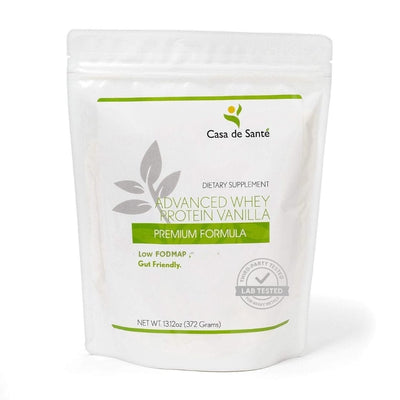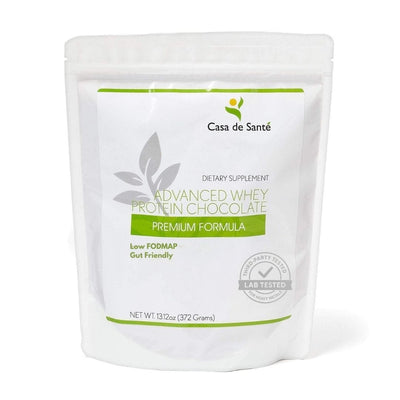Buckwheat (Soba) Pasta vs Quinoa Pasta
Buckwheat (Soba) Pasta vs Quinoa Pasta
Buckwheat and quinoa pastas have become popular alternatives to traditional wheat-based pasta options. Not only do they offer unique flavors and textures, but they also boast several health benefits. In this article, we will explore the basics of buckwheat and quinoa pastas, compare their nutritional content, discuss their respective health benefits, and delve into their taste and texture. We will also provide cooking tips for these alternative pastas to help you incorporate them into your culinary repertoire.
Understanding the Basics: What are Buckwheat and Quinoa Pastas?
When it comes to exploring different types of pasta, buckwheat and quinoa pastas are two options that have gained popularity in recent years. These alternatives offer unique flavors, textures, and nutritional benefits that make them a favorite among those with dietary restrictions or those simply looking to try something new.
Defining Buckwheat (Soba) Pasta
Buckwheat pasta, also known as soba noodles, is made from a type of grain-like seed called buckwheat. Despite its name, buckwheat is not related to wheat and is actually a pseudocereal. This means that it is not a grass like true cereals such as wheat, rice, or corn, but it is used in a similar way to traditional grains.
Buckwheat pasta offers a nutty, earthy flavor and a slightly chewy texture that sets it apart from other pasta varieties. It is often consumed in Asian cuisines, particularly Japanese dishes. Soba noodles, made from buckwheat flour, are a staple in Japanese cuisine and are commonly enjoyed in soups, stir-fries, and cold noodle salads.
In addition to being gluten-free, buckwheat pasta is also a good source of fiber and protein. It contains essential amino acids, making it a complete protein source for those following a plant-based diet. The high fiber content of buckwheat pasta can also aid in digestion and promote a healthy gut.
Defining Quinoa Pasta
Quinoa pasta, as the name suggests, is made from quinoa, a seed that has gained popularity due to its high nutritional value. Quinoa is naturally gluten-free and offers a delicate, slightly nutty taste that adds a unique flavor profile to dishes.
Quinoa pasta tends to have a softer texture compared to traditional wheat pasta, making it a great choice for those who prefer a more tender bite. It is versatile and can be used in a variety of recipes, from classic pasta dishes to creative salads and casseroles.
Similar to buckwheat pasta, quinoa pasta is rich in protein and fiber. It is also an excellent source of essential minerals such as magnesium, manganese, and phosphorus. These minerals play a vital role in maintaining bone health, supporting energy production, and promoting overall well-being.
Both buckwheat and quinoa pastas offer unique flavors, textures, and nutritional benefits that make them a great alternative to traditional wheat pasta. Whether you have dietary restrictions or simply want to explore new culinary horizons, these pasta options are worth trying. Incorporate them into your favorite recipes and discover the diverse world of flavors and textures that await!
Nutritional Comparison: Buckwheat Pasta vs Quinoa Pasta
When it comes to choosing the right pasta for your meal, there are many options available. Two popular alternatives to traditional wheat pasta are buckwheat pasta and quinoa pasta. These alternatives offer unique nutritional benefits and can be a great addition to a balanced diet.
Caloric Content
When comparing the caloric content of buckwheat and quinoa pastas, they are relatively similar. Both options provide around 200-220 calories per serving, depending on the brand and portion size.
It is worth noting that the caloric content may vary based on the specific product and cooking method used. Be sure to consult the nutrition label for accurate caloric information.
Protein Content
Both buckwheat and quinoa pastas offer higher protein content compared to traditional wheat pasta. Buckwheat pasta contains approximately 6-8 grams of protein per serving, while quinoa pasta provides around 4-6 grams.
For individuals following a vegetarian or vegan diet, these alternative pastas can be an excellent way to boost protein intake. Protein is essential for building and repairing tissues, as well as supporting immune function.
Fiber Content
Fiber is an essential nutrient for maintaining a healthy digestive system. Buckwheat pasta contains roughly 2-4 grams of fiber per serving, whereas quinoa pasta offers approximately 3-5 grams.
Both options contribute to a higher fiber intake compared to regular pasta, which typically contains only 2 grams of fiber or less per serving. Adequate fiber intake can help promote regular bowel movements and support overall gut health.
Vitamin and Mineral Content
Buckwheat pasta and quinoa pasta are both nutrient powerhouses. While their specific vitamin and mineral profiles may vary slightly, they share several common beneficial elements.
Buckwheat pasta contains notable amounts of vitamin B6, niacin, and folate. These B vitamins play important roles in energy metabolism and the production of red blood cells. Quinoa pasta, on the other hand, is rich in magnesium, phosphorus, and manganese. These minerals are involved in various bodily functions, including bone health and energy production.
It is important to note that these pastas do not replace a balanced diet. Consider incorporating them alongside a variety of other nutrient-rich foods such as fruits, vegetables, lean proteins, and healthy fats.
So, whether you choose buckwheat pasta or quinoa pasta, both options offer a nutritious alternative to traditional wheat pasta. Experiment with different recipes and enjoy the benefits of these delicious and wholesome alternatives!
Health Benefits of Buckwheat and Quinoa Pastas
Buckwheat and quinoa pastas have gained popularity in recent years due to their numerous health benefits. Not only are they delicious alternatives to traditional wheat-based pastas, but they also offer a wide range of nutritional advantages that can contribute to overall well-being.
Benefits of Buckwheat Pasta
Buckwheat pasta, made from the seeds of the buckwheat plant, is a gluten-free option that is packed with health-promoting properties. One of the key benefits of buckwheat pasta is its high fiber content, which promotes regular digestion and can help prevent constipation. By adding bulk to the stool, the fiber in buckwheat pasta aids in maintaining bowel regularity, ensuring a healthy digestive system.
Moreover, the fiber in buckwheat pasta plays a crucial role in controlling blood sugar levels. It slows down the absorption of glucose, preventing sudden spikes and crashes in blood sugar. This is particularly beneficial for individuals with diabetes or those looking to manage their weight, as it helps maintain stable energy levels and reduces cravings for unhealthy snacks.
In addition to its fiber content, buckwheat pasta is rich in antioxidants, such as rutin. Antioxidants are compounds that help protect the body against oxidative stress and inflammation, both of which are linked to the development of chronic diseases, including heart disease. By incorporating buckwheat pasta into your diet, you can increase your intake of these beneficial antioxidants and potentially reduce your risk of certain health conditions.
Benefits of Quinoa Pasta
Quinoa pasta, made from the seeds of the quinoa plant, is another nutritious alternative to traditional pasta. It is renowned for its impressive nutrient profile, making it a popular choice among health-conscious individuals.
One of the standout features of quinoa pasta is its high fiber content. Fiber is essential for maintaining a healthy digestive system, as it adds bulk to the stool and promotes regular bowel movements. By including quinoa pasta in your diet, you can support your digestive health and reduce the risk of constipation.
Furthermore, quinoa pasta is a rich source of antioxidants, which are compounds that help protect the body against harmful free radicals. Free radicals are unstable molecules that can cause damage to cells and contribute to the development of chronic diseases. By consuming foods high in antioxidants, such as quinoa pasta, you can help neutralize these free radicals and reduce the risk of oxidative stress-related health issues.
Another notable benefit of quinoa pasta is its protein content. Quinoa is considered a complete protein, meaning it contains all nine essential amino acids that the body cannot produce on its own. This makes quinoa pasta an excellent choice for individuals following vegetarian or vegan diets, as it provides a plant-based source of high-quality protein.
In conclusion, both buckwheat and quinoa pastas offer a range of health benefits that can enhance your overall well-being. From their high fiber content to their antioxidant properties, these gluten-free alternatives provide a nutritious and delicious option for pasta lovers looking to prioritize their health.
Taste and Texture: A Culinary Perspective
The Taste of Buckwheat Pasta
Buckwheat pasta has a distinct nutty and earthy flavor that can enhance a variety of dishes. Its slightly chewy texture adds a unique element to recipes and makes it a favorite in Asian cuisine.
If you enjoy heartier flavors and are looking to experiment with different pasta options, buckwheat pasta might be an excellent choice for you.
The Taste of Quinoa Pasta
Quinoa pasta has a delicate, slightly nutty taste that pairs well with a wide range of sauces and ingredients. Its softer texture makes it an ideal option for those who prefer a more tender pasta experience.
If you are seeking a milder flavor and a pasta that cooks quickly, quinoa pasta may be the perfect addition to your meals.
Cooking Tips for Buckwheat and Quinoa Pastas
How to Cook Buckwheat Pasta
Cooking buckwheat pasta is simple. Start by bringing a pot of salted water to a boil. Add the pasta and cook according to the package instructions, usually around 8-10 minutes. Be sure to check for the desired texture before draining.
Once cooked, rinse the pasta with cold water to remove excess starch. This step helps prevent the noodles from becoming sticky. Buckwheat pasta can be enjoyed in a variety of dishes, from stir-fries to soups or served cold in refreshing salads.
How to Cook Quinoa Pasta
Cooking quinoa pasta is similar to cooking traditional pasta. Bring a pot of salted water to a boil, add the pasta, and cook according to the package instructions, typically 8-10 minutes. Remember to check for the desired doneness before draining.
After cooking, rinse the pasta with warm water to remove any residual starch. This will prevent clumping. Quinoa pasta is versatile and can be used in various recipes, including pasta salads, casseroles, or as a base for traditional pasta dishes.
Conclusion
In summary, buckwheat and quinoa pastas offer flavorful alternatives to traditional wheat-based pasta. Both options are gluten-free, higher in protein and fiber, and packed with essential vitamins and minerals.
When it comes to taste, buckwheat pasta provides a nutty, earthy flavor, while quinoa pasta offers a delicate, slightly nutty taste. Experimenting with these unique pastas can open up a world of culinary possibilities.
Remember to cook them according to the package instructions and enjoy them in various dishes to reap their health benefits fully. Embrace the diversity of these alternative pastas and add a touch of creativity to your meals while nourishing your body with wholesome ingredients.

